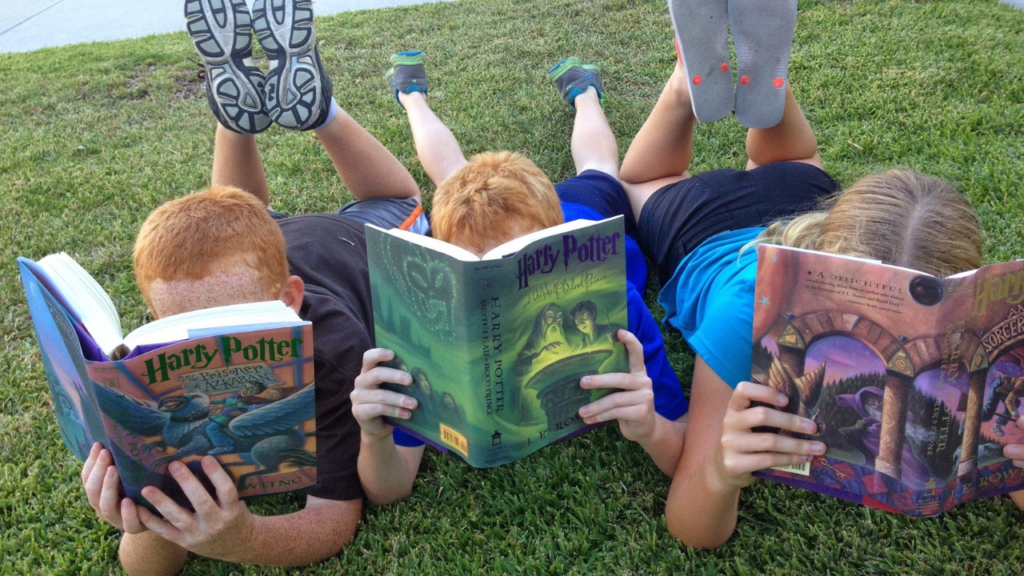Introduction
In today’s fast-paced world, keeping children engaged in meaningful activities while minimizing screen time is a challenge for many parents. Enter the busy book, a versatile and interactive tool that combines fun and learning in one package. These books, also known as quiet books or activity books, are designed to capture the attention of young children through various hands-on activities that promote cognitive and motor skill development.
This comprehensive guide will explore everything you need to know about busy books—what they are, their benefits, how to choose the right one, and even how to create your own. By the end of this article, you’ll understand why a busy book is a valuable addition to your child’s educational toolkit.
What is a Busy Book?
Definition and Purpose
A busy book is a collection of activities presented in book form, designed to keep children occupied while simultaneously helping them develop essential skills. These books often feature a variety of interactive elements, such as puzzles, Velcro pieces, zippers, and buttons, which children can manipulate to complete tasks or solve problems.
The primary purpose of a busy book is to provide a fun, screen-free way for children to learn and play. They are particularly useful for keeping kids entertained during travel, quiet time, or when parents need a moment of peace.
Types of Busy Books
Busy books come in various formats, each catering to different age groups and developmental stages. Some common types include:
- Fabric Busy Books: Made from soft materials, these books are perfect for toddlers and young children. They often feature simple activities like matching shapes, buttoning, and unzipping.
- Printable Busy Books: These are digital downloads that parents can print and assemble at home. They offer a wide range of activities, from simple coloring pages to more complex puzzles and learning exercises.
- Educational Busy Books: These focus on specific learning goals, such as alphabet recognition, counting, or color matching. They are ideal for preschoolers and kindergarten-aged children.
- Themed Busy Books: These books are designed around a particular theme, such as animals, transportation, or holidays. Themed busy books make learning fun by incorporating a child’s interests into the activities.
The Benefits of Busy Books
Cognitive Development
One of the primary benefits of a busy book is its ability to promote cognitive development in children. By engaging in activities that require problem-solving, pattern recognition, and critical thinking, children can improve their memory, concentration, and reasoning skills.
For example, matching activities help children understand similarities and differences, while puzzles encourage them to think logically and strategically. Over time, these cognitive exercises can lead to improved academic performance and better problem-solving abilities.
Fine Motor Skills
Manipulating the various elements in a busy book—such as buttons, zippers, and Velcro—requires children to use their hands and fingers in precise ways. This helps to develop their fine motor skills, which are essential for tasks like writing, drawing, and using utensils.
For younger children, activities like threading beads or tracing shapes can improve hand-eye coordination and dexterity. As they grow older, more complex tasks, such as tying shoelaces or assembling puzzles, can further refine these skills.
Emotional and Social Development
Busy books can also play a role in emotional and social development. As children engage with the activities, they often experience a sense of accomplishment when they complete a task or solve a problem. This boosts their self-esteem and encourages a positive attitude toward learning.
In addition, busy books can be used as a tool for cooperative play. Parents or caregivers can work alongside their children, guiding them through the activities and providing encouragement. This shared experience fosters bonding and communication while helping children develop important social skills.

Independent Play and Focus
One of the standout features of a busy book is its ability to encourage independent play. Unlike electronic devices or toys that require constant supervision, a busy book allows children to engage in self-directed activities. This independence not only frees up time for parents but also teaches children how to focus on a task and work through challenges on their own.
By spending time with a busy book, children learn the value of patience and perseverance, as many of the activities require careful thought and effort to complete. This focus and determination can carry over into other areas of their lives, such as schoolwork and extracurricular activities.
Screen-Free Entertainment
In a world dominated by screens, finding screen-free entertainment options is becoming increasingly important. A busy book provides a refreshing alternative to digital devices, offering children a way to stay entertained without the risks associated with excessive screen time.
Research has shown that too much screen time can lead to a range of negative outcomes, including sleep problems, behavioral issues, and delayed development. By introducing busy books into your child’s routine, you can help mitigate these risks while still providing them with engaging and educational activities.

How to Choose the Right Busy Book for Your Child
Age Appropriateness
When selecting a busy book, it’s essential to consider your child’s age and developmental stage. For younger children, opt for simpler books with large, easy-to-manipulate pieces and basic activities like matching and sorting. These books should prioritize safety, with no small or detachable parts that could pose a choking hazard.
For older children, look for more complex busy books that challenge their cognitive abilities and fine motor skills. Educational busy books that focus on specific learning goals, such as counting, letters, or shapes, are ideal for preschool and kindergarten-aged children.
Interests and Themes
To keep your child engaged, choose a busy book that aligns with their interests. For example, if your child loves animals, look for a themed busy book featuring animal-related activities. If they enjoy vehicles, a transportation-themed book might capture their attention.
By selecting a busy book that resonates with your child’s passions, you’ll increase the likelihood that they’ll enjoy the activities and stay focused for longer periods.
Material and Durability
The material and durability of a busy book are also important factors to consider. Fabric busy books are often more durable and can withstand rough handling, making them ideal for toddlers and young children. These books are also washable, which is a bonus for parents.
If you’re opting for a printable busy book, ensure that you use high-quality paper and consider laminating the pages for added durability. This will help the book withstand repeated use and prevent the pages from tearing.
Customization Options
Some busy books offer customization options, allowing you to personalize the activities to suit your child’s specific needs and preferences. For example, you can add your child’s name, favorite colors, or even tailor the activities to focus on areas where they need extra practice.
Customized busy books can make the experience even more engaging for your child, as they feel a sense of ownership and connection to the book.
How to Make Your Own Busy Book
Materials Needed
Creating your own busy book can be a rewarding and cost-effective project. Here’s a list of materials you might need:
- Felt or Fabric: For soft, durable pages.
- Velcro Strips: To attach removable pieces.
- Buttons, Zippers, and Beads: For interactive elements.
- Thread and Needle or Glue: To secure elements in place.
- Scissors: For cutting shapes and fabric.
- Printable Templates: If you prefer to start with a digital design.
Step-by-Step Guide
- Choose a Theme: Start by deciding on a theme or set of activities that align with your child’s interests and developmental needs.
- Design the Pages: Plan each page’s layout and decide what activities you want to include, such as counting, matching, or tying laces.
- Cut and Assemble: Cut out the shapes, letters, and other components from felt or fabric. Use Velcro to make pieces removable or buttons and zippers to add interactivity.
- Attach the Elements: Secure the elements to the pages using a needle and thread or fabric glue. Ensure everything is fastened tightly to prevent pieces from detaching.
- Bind the Pages: Once all the pages are complete, bind them together using rings or stitching. You can also use a folder with plastic sleeves to protect the pages.
- Personalize It: Add your child’s name or other personalized elements to make the book uniquely theirs.
Tips for Success
- Start Simple: If you’re new to making busy books, begin with simple activities and gradually work up to more complex designs.
- Use Templates: Printable templates can save time and help you create professional-looking pages.
- Involve Your Child: Let your child help choose the theme or activities, making the process interactive and fun.
Popular Busy Book Ideas
Educational Busy Books
For parents looking to combine fun with learning, educational busy books are an excellent choice. These books focus on essential skills like letter recognition, counting, and shapes. They often include activities such as matching upper and lowercase letters, sequencing numbers, or sorting objects by color or size.
Sensory Busy Books
Sensory busy books are designed to engage a child’s senses and help them explore different textures, sounds, and materials. These books might include fabric swatches with various textures, crinkly pages that make noise, or movable parts that provide tactile feedback.
Travel-Friendly Busy Books
Travel-friendly busy books are compact and lightweight, making them perfect for keeping children entertained during long car rides, flights, or waiting periods. These books often feature simple activities that require minimal supervision, such as sticker pages, puzzles, and matching games.
Conclusion
A busy book is more than just a toy—it’s an educational tool that fosters cognitive, motor, and emotional development in young children. Whether you choose to purchase a pre-made busy book or create your own, incorporating this activity into your child’s routine can provide countless benefits. From enhancing fine motor skills to promoting independent play and reducing screen time, a busy book is a valuable addition to any child’s learning environment.
By carefully selecting or designing a busy book that aligns with your child’s age, interests, and developmental needs, you can create a fun, engaging, and educational experience that will keep them occupied and happy for hours on end.